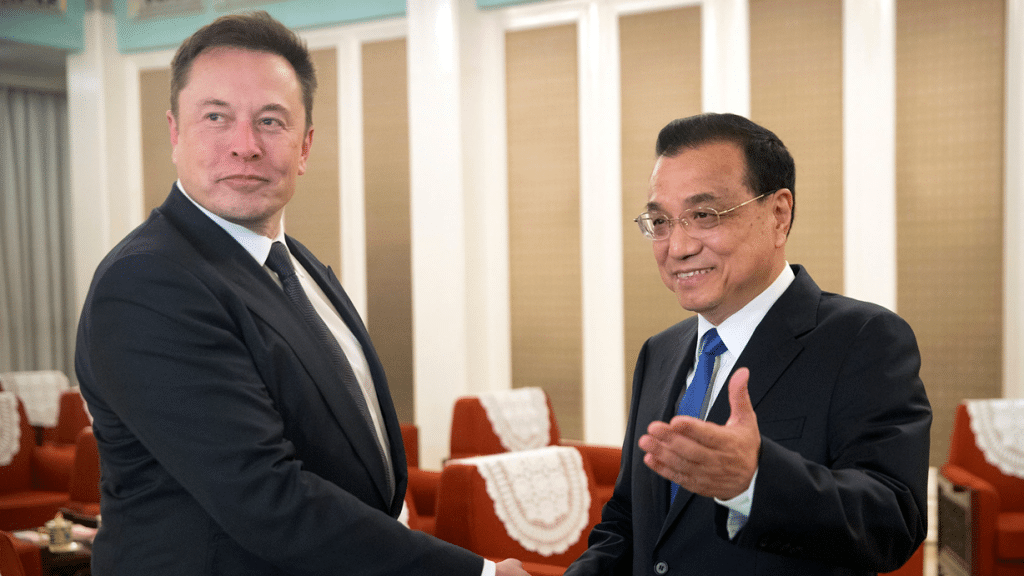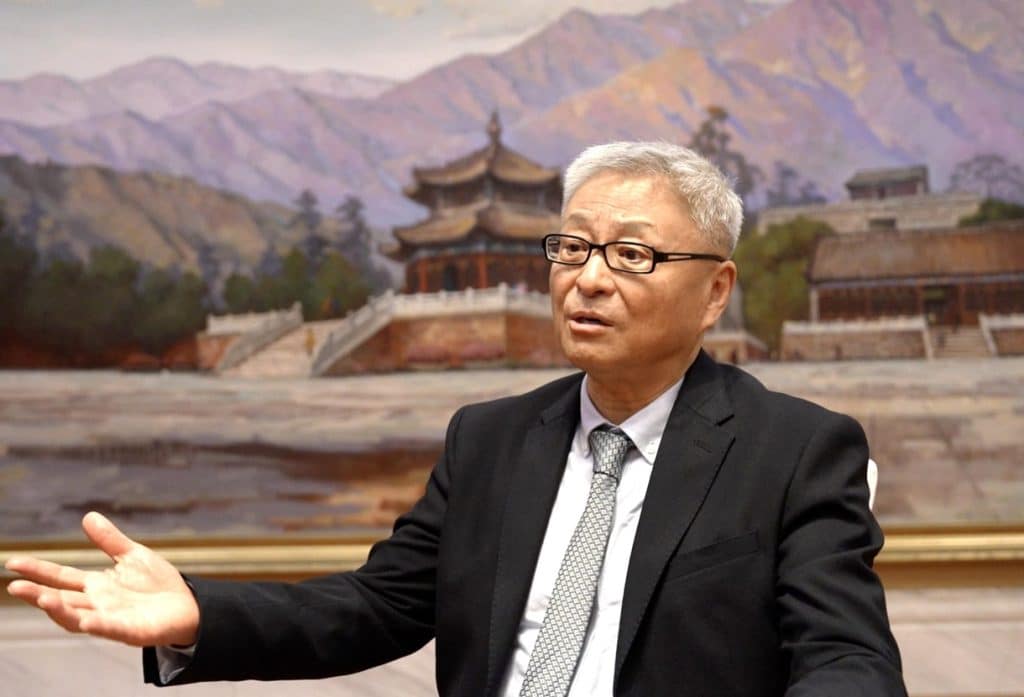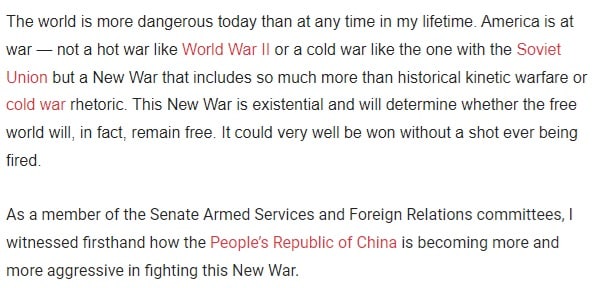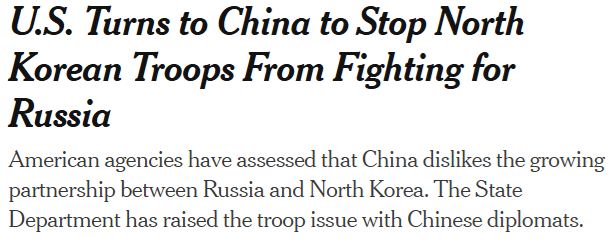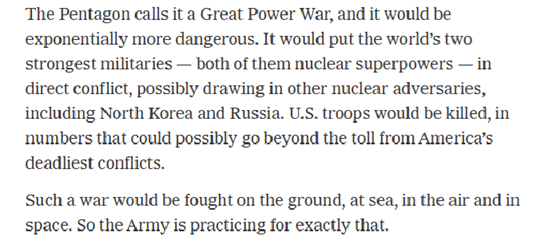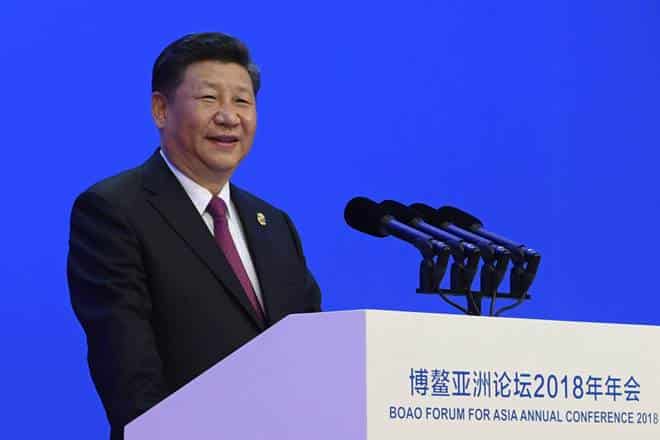Normalization of US-China Relations (Part III)
作者:Robert Hinck 来源:US-China Perception Monitor
In this third installment, I cover the final negotiations between the US and China during President Carter’s normalization of relations, including the last second clarification on Taiwanese arms sales. For the first and second installments please see my earlier posts.Part III: Negotiating Normalization
Summary: Normalization succeeded in part because the US and Chinese negotiators’ focused on resolving the easy issues before proceeding to harder issues, preventing disagreement over the Taiwan question from derailing negotiations early on in the process. Continued US arms sales to Taiwan arose as the biggest challenge to US-China relations but, in the end, Deng’s desire to normalize relations with the US outweighed the need for an absolute ban on arm sales. Although the vagueness and last second clarification on US intentions to continue selling weapons to Taiwan might have helped with the immediate agreement to normalize relations, it also failed to co-orient both the US and China on a truly shared understanding of the Taiwan question, thereby passing the issue down to future diplomats.
Negotiating Normalization:
As agreed upon during Brzezinski’s visit, the US and China started holding secret bi-weekly negotiations on July 5, 1978, to work out all of the details on an agreement to normalize relations. The meetings took place in Beijing instead of Washington in order to avoid drawing unwanted attention in the US. Huang, who was well versed in dealing with foreigners, was to negotiate on behalf of China. Carter sent Leonard Woodcock, a labor union leader and professional mediator, to negotiate on behalf of the US. Carter chose Woodcock because of his negotiating skills and political connections in Washington, which he thought would help bolster Congressional support for an agreement on normalization.
Both sides were aware that the Taiwan question would be the hardest to negotiate despite US willingness to sever diplomatic relations with the ROC, remove its troops, and abrogate its mutual defense treaty with Taiwan. In order to avoid the risk of disagreements over Taiwan from derailing the negotiations altogether, Woodcock proposed that the US negotiation strategy focus on first settling the easy issues and then moving on to the harder issues, specifically Taiwan. He believed that early successes in the opening stages of the negotiation process would help foster a cooperative environment, setting the tone for when the two sides began negotiating the harder issues. All that was needed to start negotiations was Vance’s cable to Woodcock with the US proposals for normalization talks stating generally that if the US was able to maintain cultural and commercial contacts with Taiwan, and if China was willing to peacefully resolve the Taiwan question, the president was ready to normalize relations within the framework of the three principles (abrogating the mutual defense treaty with Taiwan, removal of US troops, and severing of diplomatic ties) expressed by China.
Negotiations carried on despite strong disagreement on arms sales to Taiwan. Woodcock’s strategy, as mentioned above, meshed well with the Chinese negotiation style; the Chinese negotiators preferred discussing broad issues before focusing on the specifics. Therefore, despite the issue of US arms sales to Taiwan, negotiations continued to progress. When the issue arose, the US would reiterate its intentions to continue selling weapons to Taiwan, prompting Deng and the Chinese to continue to voice their bitter opposition to any US weapons sales to the island, citing the Shanghai Communiqué and the US pronouncement of there being “one China.” Yet, despite the constant back and forth, Deng continued to express his willingness to normalize relations with the US, announcing during his visit to Japan that he would accept US terms for normalization as long as it fit the Japan model.
By November 1978 Woodcock was able to present the Chinese with a US draft communiqué on normalization. However, the Chinese government was slow to respond because they had become increasingly busy with preparations for the Central Party Work Conference. Carter and Brzezinski were afraid that the secrecy of the negotiations would not hold much longer and urged Deng to finalize the negotiations. As the US continued to wait for China’s response, Deng replaced Hua Guofeng as the forerunner to become China’s paramount leader. With Deng’s domestic base secure, China was ready to take the last step, and Han Nianlong, China’s new Foreign Minister, presented Woodcock with the Chinese draft of the announcement on normalization with only slight revisions from the US version.
On December 11, 1978 Brzezinski met with China’s US Liaison Office Director, Chai Zemin, to present the revised draft of the communiqué and extend an invitation to one of China’s leaders to come to the US. Deng then met Woodcock in Beijing on December 13 and presented Deng with the US communiqué. Deng agreed to the communiqué in general, expressing his desire that the US refrain from mentioning the one-year period before termination of military relations with Taiwan—as stipulated by the US-Taiwan defense treaty—and add an anti-hegemony clause. Deng also accepted the invitation to go to Washington. On December 14, Woodcock met with Deng and went over the final changes in wording, believing that they had finally reached an agreement. As Woodcock was meeting with Deng in Beijing, Brzezinski was meeting with Chai in the US. In Brzezinski’s meeting with Chai, though, Chai expressed the belief that the US had agreed to cancel all military sales to Taiwan. Brzezinski stated that the US had agreed not to sell weapons to Taiwan during the one year period before the mutual defense pact was terminated with Taiwan, but intended to resume afterwards. Brzezinski, fearing that this would derail the agreement at the last second, cabled Woodcock to ensure that China understood US intentions to continue selling weapons to Taiwan after 1979.
Woodcock met with Deng on December 15 at 4 p.m. Beijing time to warn Deng that, following the announcement of the normalization of relations with China, Congress would ask Carter about the sale of arms to Taiwan and Carter would have to assure them that the US would continue selling arms after 1979. Deng became extremely angry that the question of arms sales to Taiwan was coming up again and saw the US as severing relations with Taiwan in name only. Woodcock tried to explain to Deng what the US intended to do with Taiwan in specific terms. Deng, realizing that this was the last issue left to negotiate before relations were normalized, finally acquiesced to the US’s continued sale of defensive arms to Taiwan, albeit at a continually reduced level. Later that day, on December 15, President Carter announced that negotiations over the normalization of relations with China had been agreed upon.
Concluding thoughts:
Looking at the normalization of relations under the Carter administration, three conclusions can be drawn. First, domestic situations played a significant role in both countries. Both Carter and Deng had to work within the political boundaries placed on them by domestic realities. This was the starting point for both leaders, leaving them to look for strategies and ways to frame the benefits of normalization for home audiences, while spinning the costs to other members of government and their respective citizenry. Second, despite Deng’s desire to normalize relations, previous US administrations discussions with Chinese leadership prevented the Carter administration from obtaining a more advantageous settlement. When the Carter administration pressed for stronger ties with Taiwan, the Chinese would cite previous administrations’ promises, leaving the Carter administration to either accept the Japan-model or go back on previous US assurances. Even with the Carter administration’s initial focus on other issues instead of normalization with China, and its attempt to negotiate stronger governmental ties with Taiwan during Vance’s trip, the Chinese never backed down from previous US administrations’ statements regarding Taiwan. Third, the focus on areas of agreement over areas of disagreement helped move the negotiations forward. Throughout the negotiations, the issue of Taiwan would crop up in which case each side would respond by simply reiterating their position; negotiations proceeded nonetheless because each country focused first on the negotiable issues. When it was clear that there was agreement on every other issue and arms sales to Taiwan was the only issue preventing normalization, China was ultimately willing to accept vague language on US arms sales. This demonstrates that China remains flexible on principle issues when the benefits of doing so outweigh the cost.
By Robert Hinck
Robert Hinck is a graduate student at Central Michigan University studying Communication. He graduated from the University of Michigan’s Ford School of Public Policy with a major in US-Chinese relations and a minor in Asian Languages and Culture. His research interests include the social construction of US-Chinese relations, conflict management in the South China Sea, and US Political debates.
References
Brzezinski, Z. (1985). Power and principle: Memoirs of the national security adviser, 1977-1981. New York: Farrar, Straus, Giroux.
Carter, J. (1983). Keeping faith: Memoirs of a president. New York: Bantam Books.
Carter, J. (2010). White House diaries. New York: Macmillan.
Fardella, E. (2009) The Sino-American normalization: A reassessment. Diplomatic History, 33(4), 545-578.
Garrison, J. A. (2005). Making China policy: From Nixon to G.W. Bush. Boulder, CO: Lynne Rienner Publishers.
Glad, B. (2009). An outsider in the White House: Jimmy Carter, his advisors, and the making of American foreign policy. Ithaca, NY: Cornell University Press.
Hilton, B. (2009). “Maximum flexibility for peaceful change”: Jimmy Carter, Taiwan, and the recognition of the People’s Republic of China. Diplomatic History, 33(4), 595-613.
Kirby, W. C., Ross, R. S., & Li, G. (2007). Normalization of U.S.-China relations: An international history. Cambridge, MA: Harvard University Press.
Lobell, S. E. (2011). Winning friends and influencing enemies among great power rivals: The case of Washington, Beijing, and Moscow, 1969–1979. Chinese Journal of International Politics, 4(2), 205-230.
Ross, R. S. (1995). Negotiating cooperation: The United States and China, 1969-1989. Palo Alto, CA: Stanford University Press.
Solomon, R. H. (1999). Chinese negotiating behavior: Pursuing interests through ‘Old Friends’. Washington, DC: US Institute of Peace Press.
Tyler, P. (1999). A great wall: Six presidents and China. New York: Public Affairs.
Tyler, P. (1999). The (Ab)normalization of U.S.-Chinese relations. Foreign Affairs, 78(5), 93-122.
Vance, C. (1983). Hard choices: critical years in America’s foreign policy. New York: Simon and Schuster.
Vogel, E. (2011). Deng Xiaoping and the transformation of China. Cambridge, MA: Harvard University Press.
Walker, B. (2009). “Friends, but not allies”—Cyrus Vance and the normalization of relations with China. Diplomatic History, 33(4), 579-594.
来源时间:2018/4/6 发布时间:2012/6/12
旧文章ID:15855


